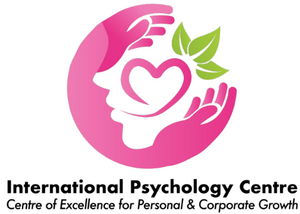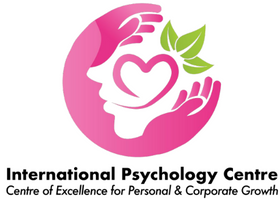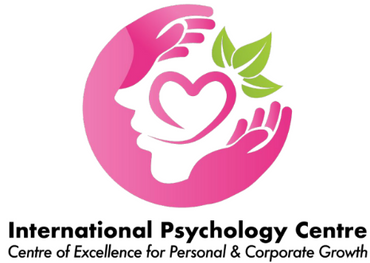Attention deficit hyperactivity disorder (ADHD) is a group of behavioural symptoms that include inattentiveness, hyperactivity and impulsiveness.
Symptoms of ADHD tend to be noticed at an early age and may become more noticeable when a child's circumstances change, such as when they start school. Most cases are diagnosed when children are 6 to 12 years old.
The symptoms of ADHD usually improve with age, but many adults who are diagnosed with the condition at a young age continue to experience problems. People with ADHD may also have additional problems, such as sleep and anxiety disorders.
The symptoms of attention deficit hyperactivity disorder (ADHD) can be categorised into two types of behavioural problems.
These categories are:
- inattentiveness
- hyperactivity and impulsiveness
Most people with ADHD have problems that fall into both these categories, but this isn't always the case.
For example, some people with the condition may have problems with inattentiveness, but not with hyperactivity or impulsiveness. This form of ADHD is also known as attention deficit disorder (ADD). ADD can sometimes go unnoticed because the symptoms may be less obvious.
The symptoms of ADHD in children and teenagers are well defined, and they're usually noticeable before the age of six. They occur in more than one situation, such as at home and at school. The main signs of each behavioural problem are detailed below.
These symptoms can cause significant problems in a child's life, such as underachievement at school, poor social interaction with other children and adults, and problems with discipline. Related conditions in children and teenagers Although not always the case, some children may also have signs of other problems or conditions alongside ADHD, such as:
- anxiety disorder – which causes your child to worry and be nervous much of the time; it may also cause physical symptoms, such as a rapid heartbeat, sweating and dizziness
- oppositional defiant disorder (ODD) – this is defined by negative and disruptive behaviour, particularly towards authority figures, such as parents and teachers
- conduct disorder – this often involves a tendency towards highly antisocial behaviour, such as stealing, fighting, vandalism and harming people or animals
- depression
- sleep problems – finding it difficult to get to sleep at night, and having irregular sleeping patterns
- autistic spectrum disorder (ASD) – this affects social interaction, communication, interests and behaviour
- epilepsy – a condition that affects the brain and causes repeated fits or seizures
- Tourette’s syndrome – a condition of the nervous system, characterised by a combination of involuntary noises and movements called tics
- learning difficulties – such as dyslexia
Looking after a child with ADHD can be challenging, but it's important to remember that they can't help their behaviour.
Some issues that may arise in day-to-day life include:
- getting your child to sleep at night
- getting ready for school on time
- listening to and carrying out instructions
- being organised
- social occasions
- shopping





